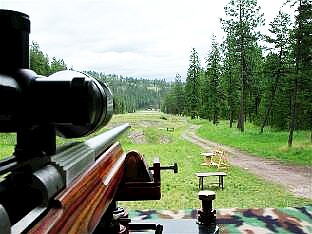Hello all,
Totally new to rifles and the only thing I know is that I want some for my limited gun collection.
But first, I have some questions about them.
1. Why Bolt action vs lever vs semi-automatic?
I would think that everyone would prefer semi-automatic due to their simplicity and ease of use.
Why would you choose bolt? Is there a logical reason?
Same question for lever action.
What I want in the near future? A .22 to start off with but I would like it to be semi-automatic and military style. Thinking of the Ruger SR22 or SW M&P 15-22. Not sure which as I read a lot of good things on both.
What do I own now?
Ruger mkIII 22/45, Ruger MKIII Hunter, Ruger LCP, Sig P239 9mm, SA XDm 9mm, Glock G27, unfired 20+ year old Moosberg 12 gauge shotgun.
Intended purpose of rifles? for now range, safe queens. It is more of "I want" rather than I need. Eventually I want the .22, a .556 and a .762.
Have also thought about the Beretta CX4 Storm which fires regular 9mm rounds. Is this any good?
Thanks You in advance for sharing your knowledge with me.
Totally new to rifles and the only thing I know is that I want some for my limited gun collection.
But first, I have some questions about them.
1. Why Bolt action vs lever vs semi-automatic?
I would think that everyone would prefer semi-automatic due to their simplicity and ease of use.
Why would you choose bolt? Is there a logical reason?
Same question for lever action.
What I want in the near future? A .22 to start off with but I would like it to be semi-automatic and military style. Thinking of the Ruger SR22 or SW M&P 15-22. Not sure which as I read a lot of good things on both.
What do I own now?
Ruger mkIII 22/45, Ruger MKIII Hunter, Ruger LCP, Sig P239 9mm, SA XDm 9mm, Glock G27, unfired 20+ year old Moosberg 12 gauge shotgun.
Intended purpose of rifles? for now range, safe queens. It is more of "I want" rather than I need. Eventually I want the .22, a .556 and a .762.
Have also thought about the Beretta CX4 Storm which fires regular 9mm rounds. Is this any good?
Thanks You in advance for sharing your knowledge with me.






